- A confession, to begin with, I am a reformed cricketing aficionado. Namely, I don’t follow the sport as it is now. To be honest, I don’t think there is much sport left in the way cricket is played now.
India is hosting the biggest cricketing spectacle in the world — the ICC World Cup. The last time it was held in India, back in 2011, we also won it. Remember, the Tendulkar being hoisted on the back of the teammates and being taken for a round of Wankhede moment. Coming back to 2023, the way things are progressing at the moment, there is every chance that India will be holding the cup again. Though I doubt, if the team will be hoisting Rohit on their shoulders’, he is not all that fluffy afterall.
Winning the World Cup should be an exciting thing. The prospect of winning the cup in front home crowds cheering “Jai Shri Ram“? A real moment of history? India reaching the cricketing pinnacle, yet again?
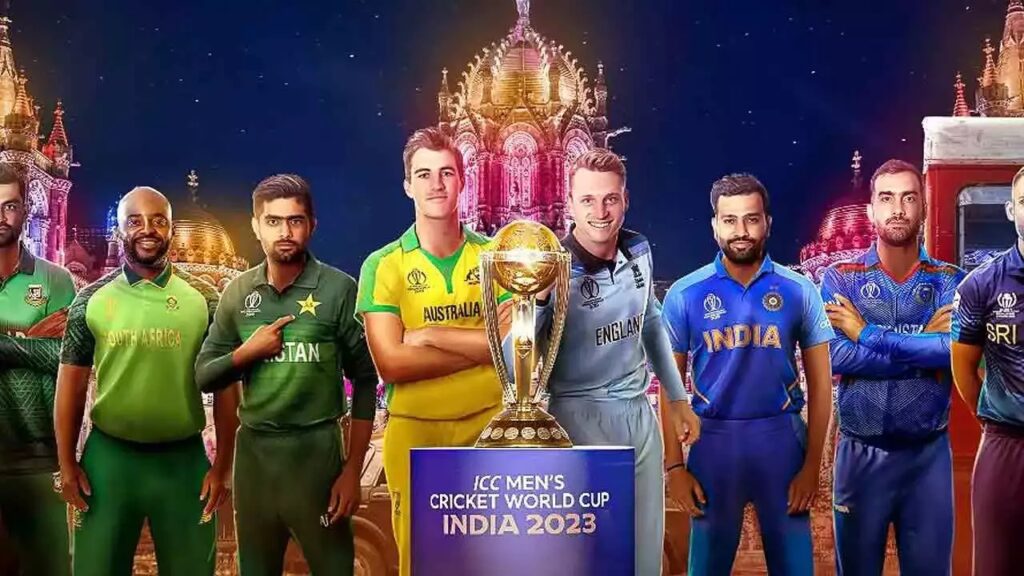
It would have been wonderful and great indeed, except for the fact, that we seem to be undergoing a cricketing-withdrawal of sorts. One days are no more as exciting as they used to be.
Forget the stadiums with empty seats, there is almost no buzz on the streets, no passionate discussions at coffee stations or exchange of notes at grocery stores. People are not thronging outside electronic shops to see the matches on the big TVs there. You might argue that they are watching it on the mobile screen. Well, they might be, but they certainly are not discussing or debating matches or stats, like it used to be in the past.
All in all, this is the most thanda cup that I have ever seen. The boringest of all. In fact, the cup is so thanda this time, that you could possibly serve vanilla ice cream in it — plain and cold.
There are essentially two reasons why ICC World Cup 2023 is not working. I am sure everyone kind of knows it, but let me state it nevertheless.
Primarily – an overkill of cricket.
Back in the days, when I was a kid, we were often warned against doing too much of the same thing. If you eat the same thing over and over, you will lose interest. If you play the same game over and over, you will get bored. Moderation apparently was the secret to enjoyment. Cricket a decade back, before an abomination named T20, used to be a sport that was rather sparingly played. A one-day or test series would be like an Aamir Khan film, you would have to wait long for it to happen, even though it was a dud. But nowadays, cricket is more like an Akshay Kumar franchise, it doesn’t matter if the series fails or fails miserably, the next one is just round the corner. The top guys at the ICC in their fascination to earn money, are scheduling one series, one tournament, after the other. So, if India loses to England today, no big deal, we will get a chance to extract revenge next fortnight.
Continue reading
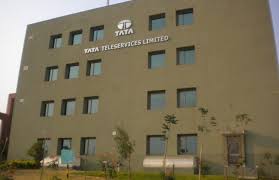 because their future are jeopardised. The company has been undergoing crisis for the past many months, and big changes are in the offing. Thousands of jobs at stake, so many careers hang in balance. But instead of providing hope, succor or reassurance to the hapless employees, the top management at the company seemed to have clammed up. They just went incommunicado. There was no clarity, or statement from the internal stakeholders. Except possibly for all the speculative analysis that was being discussed and deliberated in the newspapers and the portals. As one senior employee confessed to me wryly:
because their future are jeopardised. The company has been undergoing crisis for the past many months, and big changes are in the offing. Thousands of jobs at stake, so many careers hang in balance. But instead of providing hope, succor or reassurance to the hapless employees, the top management at the company seemed to have clammed up. They just went incommunicado. There was no clarity, or statement from the internal stakeholders. Except possibly for all the speculative analysis that was being discussed and deliberated in the newspapers and the portals. As one senior employee confessed to me wryly: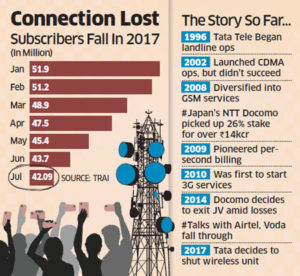 Clearly, there’s no convention that states that an employer is obliged in any or whatsoever way to it’s employees. For instance, when a company I was working with went belly up, the MD didn’t even bother to tell me that the salary won’t be arriving in my account that month, and neither will all those that were pending for a few months. Finding a new job quickly became a priority, even at the cost of compromises on the salary. The EMIs went into a toss, the savings went dry, the PF piggy broken. It was a mind-numbing traumatic time, like someone had punched in a Ctrl Z.
Clearly, there’s no convention that states that an employer is obliged in any or whatsoever way to it’s employees. For instance, when a company I was working with went belly up, the MD didn’t even bother to tell me that the salary won’t be arriving in my account that month, and neither will all those that were pending for a few months. Finding a new job quickly became a priority, even at the cost of compromises on the salary. The EMIs went into a toss, the savings went dry, the PF piggy broken. It was a mind-numbing traumatic time, like someone had punched in a Ctrl Z.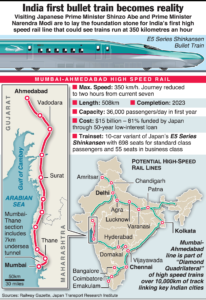 “One-third of Indians don’t have access to regular power or water, yet we splurge money on fancy space missions. Let’s concentrate on the basics, and leave such things for the Americans and their NASA. Kya zaroorat hain yaar!”
“One-third of Indians don’t have access to regular power or water, yet we splurge money on fancy space missions. Let’s concentrate on the basics, and leave such things for the Americans and their NASA. Kya zaroorat hain yaar!”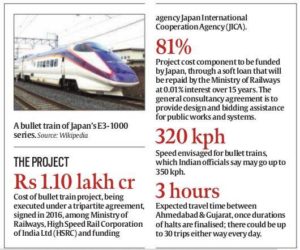 economy, it generates employment, helps businesses, etc. And finally, don’t forget, Bullet Trains are not a social project, they will run like a business, charge a premium, etc. Given the favorable terms of lending, the overall cost is quite justifiable. The big worry is not the initial assessment but rather the cost overruns. Almost all infrastructure projects in India are delayed and exceed the projections if the Bullet Train go through the same rigmarole, then it will turn unfeasible and costly. The best (or rather the worst) instance of this is how India acquired INS Vikramaditya, or aircraft carrier Admiral Gorshkov, from Russia. The initial cost was some ₹6000 crore, but instead ballooned to ₹ 16,750. For a decommissioned aircraft, this was a much higher cost to pay.
economy, it generates employment, helps businesses, etc. And finally, don’t forget, Bullet Trains are not a social project, they will run like a business, charge a premium, etc. Given the favorable terms of lending, the overall cost is quite justifiable. The big worry is not the initial assessment but rather the cost overruns. Almost all infrastructure projects in India are delayed and exceed the projections if the Bullet Train go through the same rigmarole, then it will turn unfeasible and costly. The best (or rather the worst) instance of this is how India acquired INS Vikramaditya, or aircraft carrier Admiral Gorshkov, from Russia. The initial cost was some ₹6000 crore, but instead ballooned to ₹ 16,750. For a decommissioned aircraft, this was a much higher cost to pay. screenplay of the movie. And no Benjamin is not some celeb writer or some Pulitzer-prize winner. You see, Benjamin happens to be a rather nondescript piece of technology, which goes by the real name as a recurrent neural network called long short-term memory, or LSTM for short.
screenplay of the movie. And no Benjamin is not some celeb writer or some Pulitzer-prize winner. You see, Benjamin happens to be a rather nondescript piece of technology, which goes by the real name as a recurrent neural network called long short-term memory, or LSTM for short. 1950s, he had meant it a bit different, dubbing it, “It is the science and engineering of making intelligent machines, especially intelligent computer programs. It is related to the similar task of using computers to understand human intelligence, but AI does not have to confine itself to methods that are biologically observable.”
1950s, he had meant it a bit different, dubbing it, “It is the science and engineering of making intelligent machines, especially intelligent computer programs. It is related to the similar task of using computers to understand human intelligence, but AI does not have to confine itself to methods that are biologically observable.” Kasparov in a rematch in 1997, after having decidedly lost to the master in 1996. It seemed to have evolved, learnt from its flaws, analysed its opponent’s strength.
Kasparov in a rematch in 1997, after having decidedly lost to the master in 1996. It seemed to have evolved, learnt from its flaws, analysed its opponent’s strength.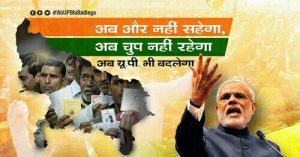 Shekhar, Atal Behari Vajpayee and now even Narendra Modi. In a sense of terms, UP is like the steering-wheel of Indian politics, he (or she) who controls UP, can steer the politics of this nation in his/her wake.
Shekhar, Atal Behari Vajpayee and now even Narendra Modi. In a sense of terms, UP is like the steering-wheel of Indian politics, he (or she) who controls UP, can steer the politics of this nation in his/her wake.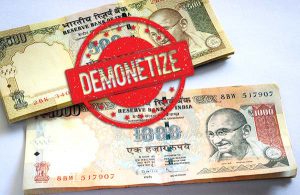 each person’s account to give a size of the problem. Yet, while the figure was notional, it was used a baton to whack BJP and especially PM Modi every now and then. “Where’s the black money in my account?” had become a common jibe by the opposition party leaders like Rahul Gandhi, Arvind Kejriwal, Mamta Banerjee and so on.
each person’s account to give a size of the problem. Yet, while the figure was notional, it was used a baton to whack BJP and especially PM Modi every now and then. “Where’s the black money in my account?” had become a common jibe by the opposition party leaders like Rahul Gandhi, Arvind Kejriwal, Mamta Banerjee and so on.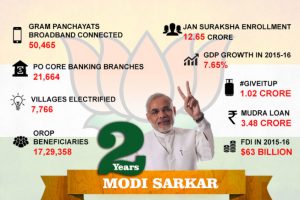 complementary actions towards digitization are undertaken, demonetization could actually accelerate the shift to a cashless — thereby transparent and yes, less corrupt — society. Recently, the Secretary General of Paris-based Organisation for Economic Cooperation and Development (OECD), Angel Gurria came all out in support of demonetization. “India has been a star performer in gloomy times. We do not have many cases of 7% growth (GDP). It is a top reformer among all the G-20 countries”
complementary actions towards digitization are undertaken, demonetization could actually accelerate the shift to a cashless — thereby transparent and yes, less corrupt — society. Recently, the Secretary General of Paris-based Organisation for Economic Cooperation and Development (OECD), Angel Gurria came all out in support of demonetization. “India has been a star performer in gloomy times. We do not have many cases of 7% growth (GDP). It is a top reformer among all the G-20 countries”


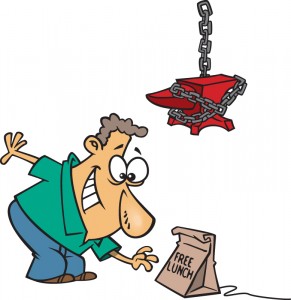
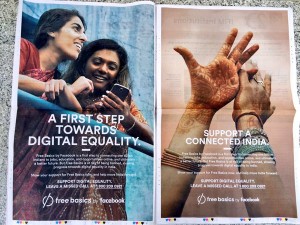 The reason that Mark Zuckerberg is going ballistic this time in India, is because of the manner in why Facebook had been splattered with a cake on its face, the last time round. In fact, it had been just some 6 odd months back when Free Basics in its earlier avatar as Internet.org faced immense resistance by the public at large, and thus was stalled by the Telecom Regulators. At that time, Facebook was taken aback by the power of the collective, by the sheer virality of things. So this time, it kind of came prepared, it repackaged the offering (giving it a kinder overtone), gave the offering an emotional spiel, had the creatives in place, and even Zuckerberg, who is on a paternity leave, is now writing blogs defending the offering.
The reason that Mark Zuckerberg is going ballistic this time in India, is because of the manner in why Facebook had been splattered with a cake on its face, the last time round. In fact, it had been just some 6 odd months back when Free Basics in its earlier avatar as Internet.org faced immense resistance by the public at large, and thus was stalled by the Telecom Regulators. At that time, Facebook was taken aback by the power of the collective, by the sheer virality of things. So this time, it kind of came prepared, it repackaged the offering (giving it a kinder overtone), gave the offering an emotional spiel, had the creatives in place, and even Zuckerberg, who is on a paternity leave, is now writing blogs defending the offering. 